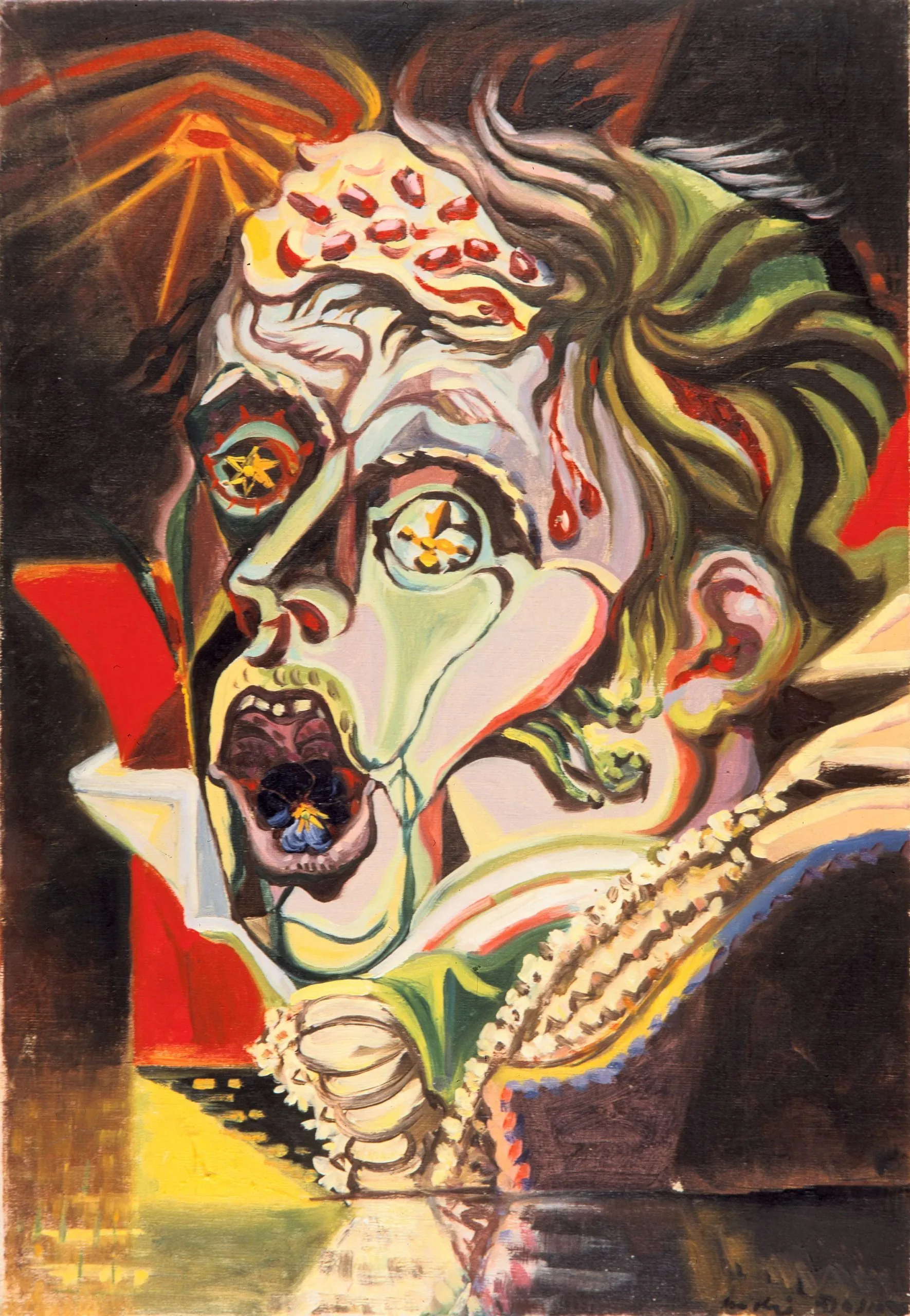created 2025-06-30, & modified, =this.modified
tags:y2025surrealismpaper
rel: Surrealism Dada & Surrealist Art by William S. Rubin Psychogeography by Merlin Coverley
Thought
Reading as it was a footnote reference in article relating to Gesture and Speech by André Leroi-Gourhan from a long digression beginning Geometrical Drawings from Malekula and Other Islands of the New Hebrides.
André Breton insisted that surrealism was not a body of doctrines, or a definable area, but an activity.
In “The Storyteller,” Walter Benjamin describes the transition from a traditional mode of communication based on continuous oral narrative and shared experience to a cultural style characterized by bursts of “information”-the photograph. the newspaper clip, the perceptual shocks of a modern city.
Reality is no longer a given, a natural, familiar environment. The self, cut loose from its attachments, must discover meaning where it may.
Lautreamont’s famous definition of beauty, “the chance encounter on a dissecting table of a sewing machine and an umbrella.”
The world of the city for Aragon’s Paris Peasant by Louis Aragon, or for Breton in Nadja - Andre Breton, was a source of the unexpected and the significant-significant in ways that suggested beneath the dull veneer of the real the possibility of another, more miraculous world based on radically different principles of classification and order. The surrealists frequented the Marché aux Puces, the vast flea market of Paris, where one could rediscover the artifacts of culture, scrambled and rearranged.
Such objects-stripped of their functional context-were necessary furnishings of the avant-garde studio.
One of his first published texts was part of a collection on pre-Columbian art, in which he collaborated with Metraux and Paul Rivet. His appreciation of human sacrifice-”For the Aztecs death was nothing”-juxtaposes in surrealist fashion the beautiful and the ugly. the nornlal and the repugnant. Thus Tenochtitlan is, simultaneously, a “human slaughterhouse” and a gorgeous “Venice” of canals and flowers. The victims dance in perfumed garlands; the swarms of flies that gather on the running blood are beautiful.
Artaud
All writing is garbage.
Carl Einstein ,
One thing is important: to shake [ébranler] what is called reality by means of non-adapted hallucinations so as to alter the value hierarchies of the real. Hallucinatory forces create a breach in the order of mechanistic processes; they introduce blocs of “a-causality” in this reality which had been absurdly given as such. The uninterrupted fabric of this reality is torn, and one inhabits the tension of dualisms.
André Masson,
The “hallucinatory forces” of Masson’s painting represent, according to Einstein, “the return of mythological creation, the return of a psychological archaism as opposed to a purely imitative archaism of forms.

